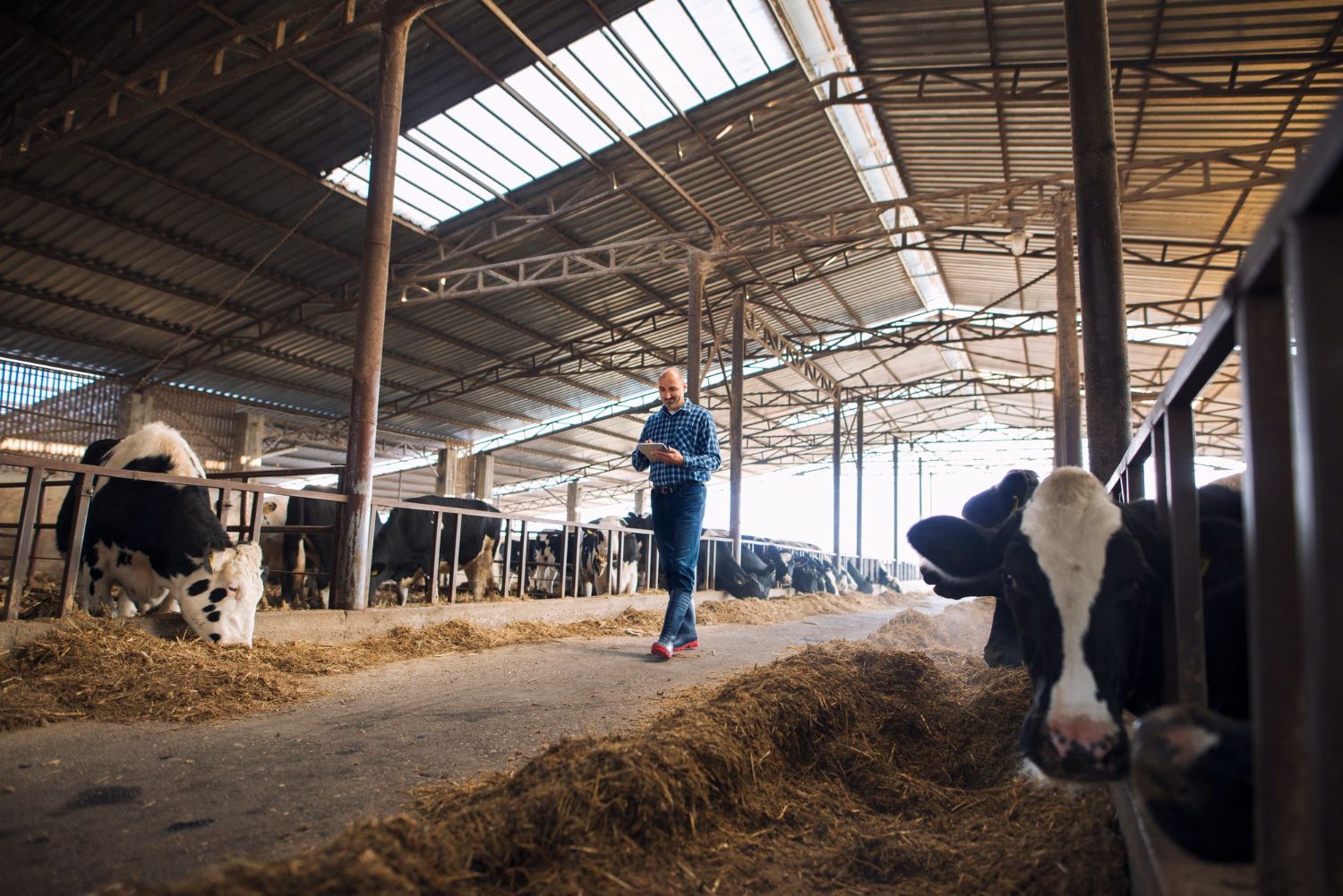Emotional intelligence is one of the most valued traits in executive leadership today.
It’s also one of the most misunderstood.
In interviews, every candidate knows how to speak about empathy, collaboration, and “bringing people on the journey.”
But when does that emotional intelligence start to look more like emotional avoidance?
If you’re hiring into a senior role in consumer goods or food and beverage manufacturing, this distinction matters.
Hiring someone who avoids hard conversations risks building a culture that performs around problems, not through them.
The leaders delivering the best outcomes in 2025 understand how to build trust and rapport — without dodging the accountability that comes with real leadership.
Emotional Intelligence: What It Gets Right
In complex, fast-paced industries like FMCG and food production, leaders need more than technical expertise.
They must influence, de-escalate tension, manage change, and build alignment across functions.
That’s where emotional intelligence shines.
High-EQ leaders are more likely to:
- Retain talent through strong, trust-based relationships
- Remain composed in high-stakes environments
- Reduce conflict through proactive, clear communication
- Drive psychological safety while still pushing for results
The research backs this up. According to a 2024 EHL Insights report, emotionally intelligent leaders improve employee satisfaction, engagement, and collaboration — all essential in manufacturing settings where coordination between departments is critical.
But there’s a fine line between emotional intelligence and emotional overcorrection.
When Emotional Intelligence Becomes Emotional Avoidance
The risk is subtle: leaders who over-index on empathy may begin to avoid the discomfort of conflict altogether.
That looks like:
- Letting underperformance linger to “keep the peace”
- Over-relying on collaboration instead of making firm decisions
- Avoiding direct feedback
- Prioritising harmony at the expense of clarity
A 2024 Forbes article described how emotionally avoidant leaders — despite good intentions — often undermine the very culture they’re trying to protect. Accountability erodes, decisions slow down, and high performers become disengaged.
We’ve seen this play out in executive search mandates across the sector. On paper, a candidate may appear ideal: emotionally intelligent, highly personable, well-liked. But dig deeper, and a pattern emerges — reluctance to address performance issues, vague language around past team challenges, and a track record of avoiding direct confrontation.
That’s not emotional intelligence. That’s fear, dressed as empathy.
Emotional Intelligence Is a Must — But It’s Not the Full Picture
More organisations are making emotional intelligence a key leadership trait in hiring — and for good reason.
In high-change environments, emotionally intelligent leaders:
- Build trust across teams quickly
- Navigate transformation without losing people along the way
- Stay composed under pressure
- Handle interpersonal complexity with clarity
But some of the most costly mis-hires we see come from leaders who present as highly empathetic, but struggle to lead through tension.
Not because they lack EQ — but because they confuse it with keeping everyone comfortable.
The difference?
The leaders delivering the best outcomes in 2024 and 2025 are doing both:
- Holding people accountable while building engagement
- Delivering hard feedback without defensiveness
- Balancing calm with courage
These are the leaders who retain high performers, protect standards, and still earn trust across the business.
Hiring Outcomes Are Better When EQ Is Tested in Context
The most effective hiring processes we’re seeing in the market today aren’t just asking,
“Is this leader emotionally intelligent?”
They’re asking:
- Can this person hold accountability and empathy at the same time?
- Have they delivered under pressure without letting performance slide?
- Do they create safe cultures that are also high-performing?
The difference in outcomes is clear:
- More resilient leadership teams
- Better cultural fit
- Fewer surprises post-placement
What to Look for in Executive Interviews
Hiring emotionally intelligent leaders isn’t just about what they say — it’s about how they’ve acted in real moments of challenge. The most effective hiring panels are getting beyond rehearsed narratives by asking sharper questions:
To probe real emotional intelligence:
- “Tell me about a time you had to lead a team through a change that wasn’t popular.”
- “How do you approach a conversation when someone on your team is underperforming?”
- “Describe a time you disagreed with your CEO or board. What did you do?”
Watch for signals:
- Are they clear and specific, or vague and diplomatic?
- Do they show respect
and resolve?
- Do they accept responsibility, or redirect it elsewhere?
In reference checks, ask:
- “How did they manage pressure or uncertainty?”
- “Were they able to deliver difficult feedback directly?”
- “Did they avoid difficult decisions in the name of team cohesion?”
When emotional intelligence is genuine, it shows up in results — not just relationships.
Why This Matters Now
Organisations in the consumer goods and food manufacturing sectors are undergoing constant disruption — from digitisation to regulatory shifts to cost pressures. In this environment, leadership soft skills aren’t optional.
But it’s not enough to hire likeable leaders.
The ones delivering real impact are those who bring empathy and edge.
They’re able to sit with discomfort, hold the mirror up, and still bring people with them.
That’s what true emotional intelligence looks like in 2025.
So when you’re hiring your next senior leader, don’t just ask if they care.
Ask if they can care and confront — with courage, with clarity, and with conviction.
Because your culture doesn’t need more harmony.
It needs more truth.


